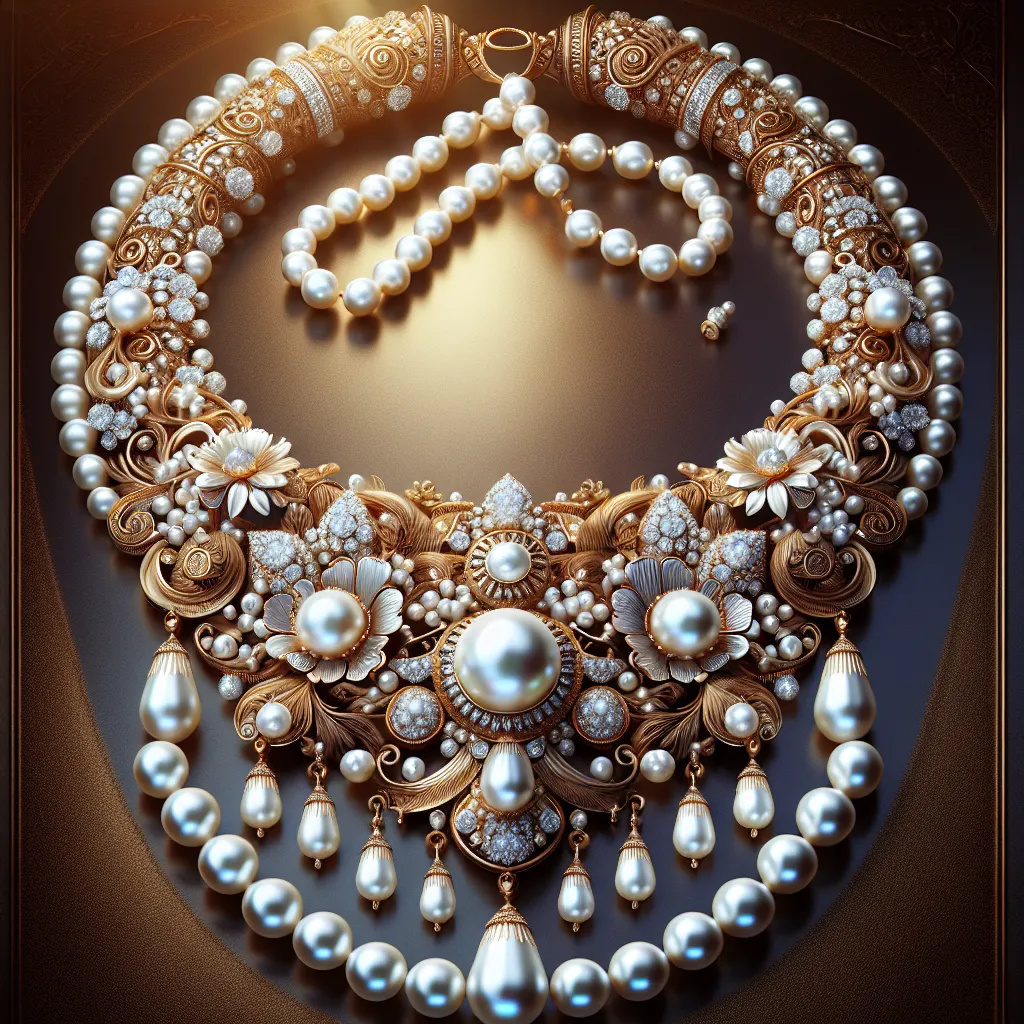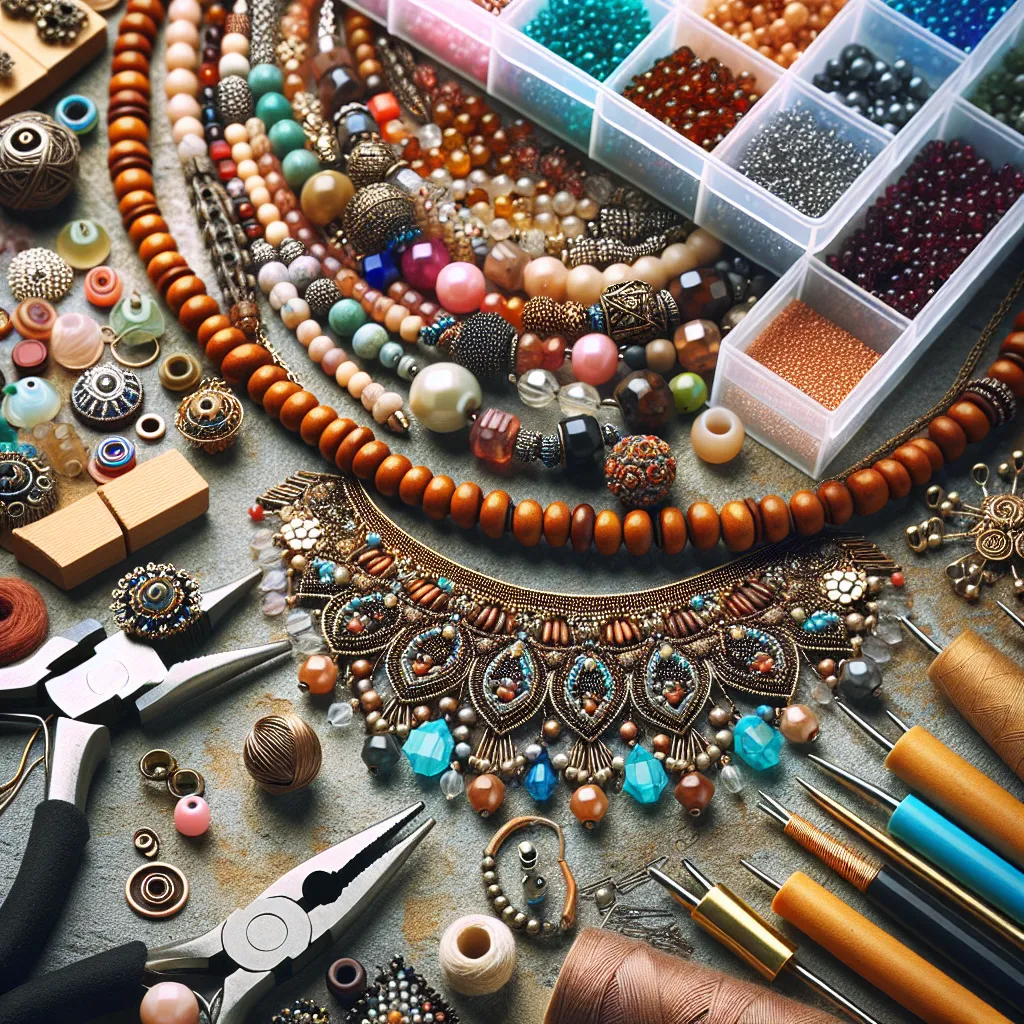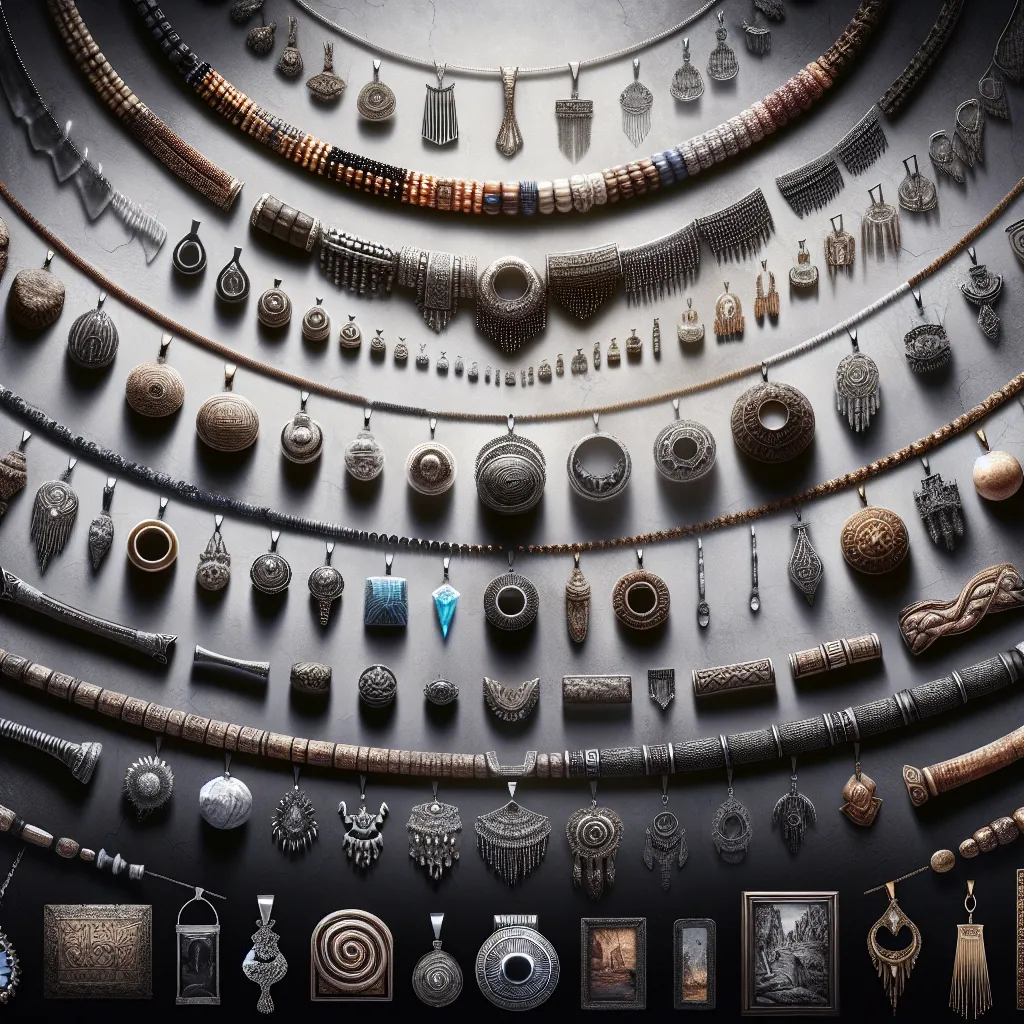Ancient Origins: The First Necklaces
The history of necklaces dates back to ancient times, with evidence of the first necklaces being worn by humans as early as the Stone Age. In these ancient civilizations, necklaces were crafted from natural materials such as shells, bones, teeth, and stones. The use of these materials reflected the availability of resources in different regions, leading to diverse styles and designs. For example, ancient Egyptians adorned themselves with intricate and symbolic bead necklaces, while ancient Greeks favored necklaces with delicate motifs inspired by nature and mythology. These early necklaces not only served as decorative ornaments but also held cultural, spiritual, and religious significance. They were worn to convey social status, ward off evil spirits, or as talismans for protection. The art of necklace-making evolved alongside human civilization, eventually incorporating precious metals, gemstones, and intricate craftsmanship. Today, the rich history of ancient necklaces continues to inspire modern jewelry designs, preserving traditions and cultural legacies from centuries past.
Cultural Significance: Necklaces Across Civilizations
Necklaces have held significant cultural importance across civilizations throughout history. From ancient times to modern trends, these adornments have played a central role in various cultural practices, symbolizing status, spirituality, and identity.
In ancient civilizations, such as Egypt, Mesopotamia, and Greece, necklaces were not only decorative but also held religious and spiritual significance. The ancient Egyptians, for example, adorned themselves with elaborate necklaces featuring amulets and talismans believed to offer protection and good fortune. Similarly, in Mesopotamia, necklaces symbolized wealth and status, with intricately crafted pieces worn by the elite.
Across cultures, necklaces have also been used to denote tribal affiliations and social status. In certain African societies, specific types of necklaces were worn by tribal leaders and initiated members, serving as symbols of authority and belonging. Likewise, in Native American cultures, necklaces were intricately designed to represent individual tribal traditions and spiritual beliefs.
Furthermore, the significance of necklaces extends to modern times, with various cultures incorporating traditional designs into contemporary fashion. For example, the Maori people of New Zealand continue to create intricately carved bone and jade necklaces known as “Hei Matau,” which carry deep cultural meanings and spiritual connections.
Today, necklaces continue to be a means of expressing cultural identity and heritage, with individuals embracing and celebrating traditional designs from around the world. From the intricately beaded necklaces of indigenous tribes to the symbolic pendants of different religious beliefs, these adornments serve as a testament to the enduring cultural significance of necklaces across civilizations.
Evolution of Style: Necklaces Through the Ages
Throughout history, necklaces have been a prominent symbol of style and status, evolving through the ages to reflect changing fashion trends and cultural influences. In ancient times, necklaces were crafted from natural materials such as bones, shells, and feathers, worn by early civilizations to signify tribal affiliations and spiritual beliefs. As societies progressed, the craftsmanship of necklaces advanced, with the use of precious metals, gemstones, and intricate designs becoming prevalent in the jewelry of ancient civilizations such as Egypt, Greece, and Rome.
The Middle Ages saw the emergence of ornate, bejeweled necklaces as a symbol of wealth and nobility, often adorned with religious insignia and intricate engravings. The Renaissance period brought a revival of classical art and culture, leading to a resurgence of ancient-inspired necklace designs featuring symbolism and allegorical motifs.
By the 20th century, the Art Nouveau and Art Deco movements revolutionized necklace design, introducing innovative styles inspired by natural forms, geometric shapes, and technological advancements. The mid-20th century witnessed a shift towards minimalist and abstract necklace designs, influenced by modernist art movements and the changing role of women in society.
Today, the evolution of necklace styles continues to be shaped by a blend of traditional craftsmanship and contemporary influences, with a focus on personal expression and individuality. From statement chokers to delicate pendants, the diversity of necklace styles reflects the ever-changing landscape of fashion and the enduring allure of this timeless accessory.
Contemporary Trends: The Modern Necklace Scene
In the contemporary fashion scene, necklaces have evolved to become much more than just an accessory. They have become a statement piece, reflecting individual style and personality. Modern trends in necklaces are diverse and cater to a wide range of tastes and preferences. One of the most notable trends is the resurgence of vintage and antique-inspired necklaces. These pieces often feature intricate designs and ornate details, capturing the essence of bygone eras while adding a touch of nostalgia to modern outfits.
Another prominent trend is the emphasis on sustainability and ethical sourcing in necklace design. With increasing awareness of environmental and social issues, many consumers are seeking out necklaces made from recycled materials or ethically sourced gemstones. This shift towards sustainability has led to the creation of stunning necklaces that not only look beautiful but also align with eco-conscious values.
Fashion-forward individuals are also gravitating towards minimalist and dainty necklaces, embracing the less is more philosophy. Delicate chains adorned with simple pendants or gemstones have become a staple in modern jewelry collections, offering effortless elegance for everyday wear. On the other end of the spectrum, bold and statement-making necklaces continue to captivate the fashion world, with oversized chains, chunky beads, and eclectic designs making a striking impact on runways and street style alike.
Furthermore, personalized and custom-made necklaces have gained popularity, allowing individuals to create bespoke pieces that hold special meaning and significance. Whether it’s a name necklace, a birthstone-embellished pendant, or a custom-engraved charm, personalized necklaces have become a meaningful way to express individuality and commemorate important milestones.
Overall, the modern necklace scene encompasses a wide array of styles, materials, and concepts, reflecting the ever-evolving landscape of fashion and personal expression. From vintage-inspired designs to sustainable creations and personalized adornments, contemporary trends in necklaces offer something for everyone, celebrating diversity and creativity in the world of jewelry.



